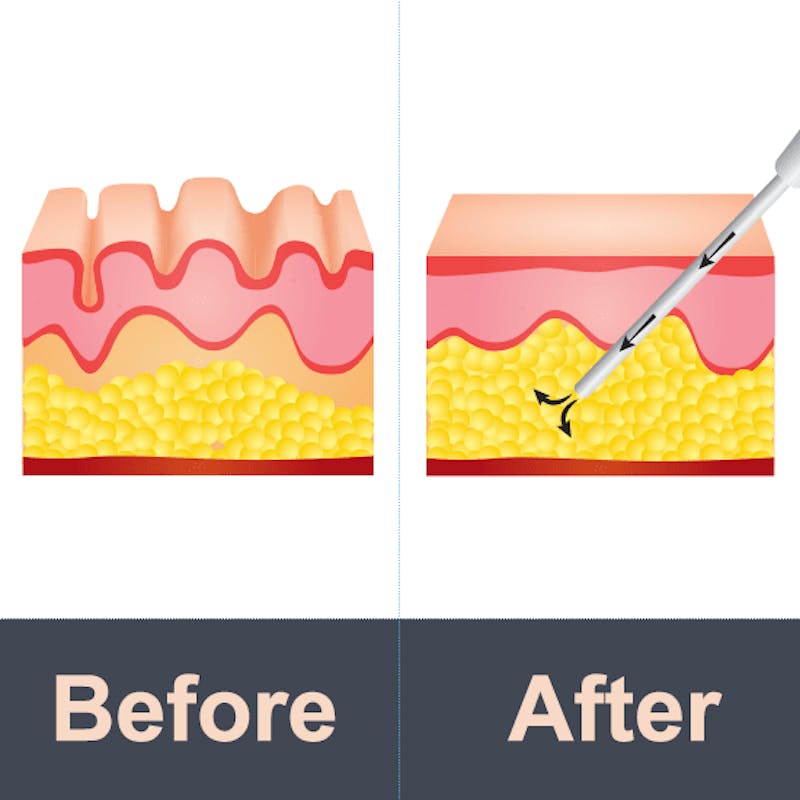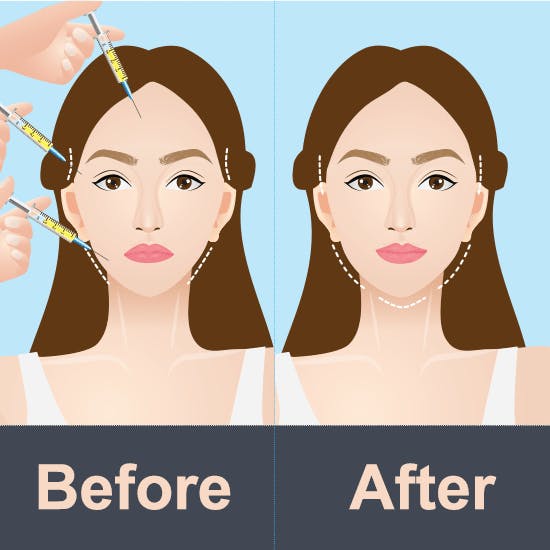

Fat Transfer Is A Long-term Solution
Permanent solution to facial volume loss
Fat transfer is meant to be a long-term solution to facial volume loss, but is it really permanent? Many people who are considering a fat transfer are understandably concerned about how long the results will last.
Cosmetic surgery has come a long way, and we now have more options than ever for facial rejuvenation. From non-invasive injectable fillers to in-depth facelift procedures, there’s something for everyone who wants to look more youthful and refreshed.
One of the most common signs of aging is also one of the most complex: facial volume loss. If you’ve been struggling with facial hollows or a gaunt, tired appearance, then you may be wondering what options are available to you. Among the most popular treatments for facial volume restoration is a fat transfer procedure, which can restore natural-looking volume to the face using the patient’s own fat.
How long does Fat Transfer last?
Is It Really Permanent?
Fat transfer is different than synthetic fillers
When patients first hear that the fat transferred to the face can be essentially permanent, they’re typically very excited—and a little skeptical. Other types of facial volume restoration (such as synthetic fillers) often need to be repeated in order to maintain results.
Fat transfer is different because the cells are able to live and thrive in their new environment, offering rejuvenation that is essentially permanent. However, this doesn’t mean that all the fat will survive or the same level of rejuvenation will be maintained forever.
When the procedure is performed, the plastic surgeon will slightly overfill the treated area. This is because not all of the fat transferred to the face will survive permanently. Some of the cells will die within the first 6 months, which will make the volume levels dip somewhat.

Once the six-month mark has passed, however, the remaining cells should be permanently established.
Of course, even cells that have become established can’t fight off further aging forever. While the cells may be permanent, other structures in the face and skin will continue to deteriorate with age. As time goes on, patients may want to consider additional treatments to continue looking youthful.
Despite these drawbacks, fat transfer is an all-natural, permanent enhancement to facial volume, and most patients are thrilled with the results!
How Fat Transfer Works?
Grafts fat cells from one area to the face
Fat transfer is a unique procedure that grafts fat cells from one area (usually the stomach, hips, or thighs) to the face to rejuvenate the area and fill in hollows.
The fat cells are specially prepared before they are injected, to give them the best chance for survival.
The cells will establish themselves in the new site, and continue to live long-term, offering ongoing facial rejuvenation.
Patients love this procedure because it uses their own cells for rejuvenation, and does not need to be repeated over time to maintain the results.
An Artistic Procedure
Even though the steps of a fat transfer are straightforward, it’s a tricky procedure to get right. Only a board-certified facial plastic surgeon like Dr. Edward Buckingham will have the skill to perform this artistic procedure correctly, allowing for customization and facial balance. If you’re interested in undergoing fat transfer, it’s important to choose a specialist with the experience to give you the results you want.

How Invasive It Fat Transfer?
Minimally invasive procedure
Now that you know the facts about fat transfer results, you might be thinking about pursuing the treatment further. While fat transfer is a surgical procedure, it’s minimally invasive and involves just a few steps:
- First, the surgeon removes the fat from the donor area (patients must have sufficient body fat for grafting) using gentle liposuction techniques.
- After removing the fat, it is prepared for injection, ensuring the use of the healthiest cells in the grafting procedure.
- Finally, the prepared fat cells are injected into the face, leaving no facial incisions.
- Patients can go home right away, and experience only minor discomfort from swelling and bruising through the healing process.
Ready To Get Started?
If you’d like to learn more about fat transfer at Buckingham Center in Austin, TX, call 512-401-2500 today to schedule your consultation with Dr. Buckingham.



